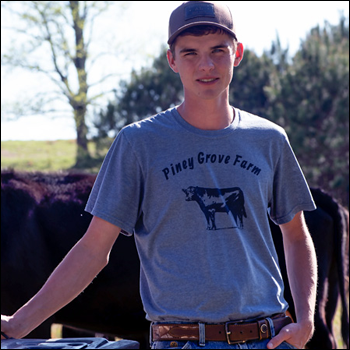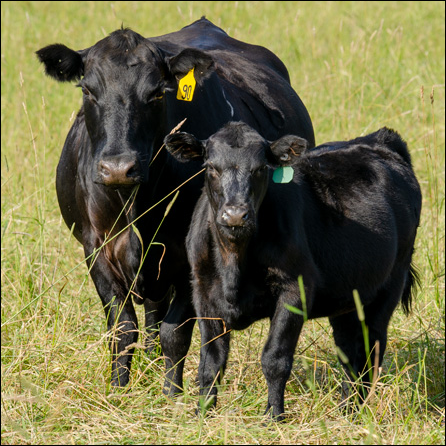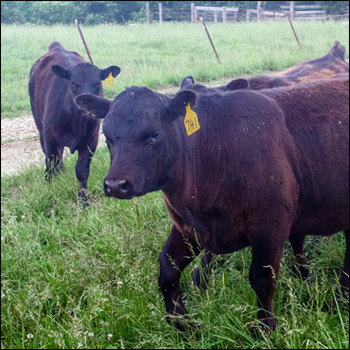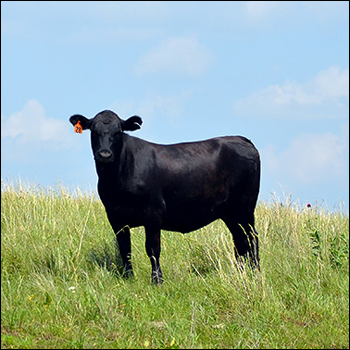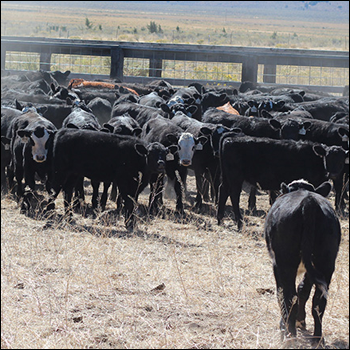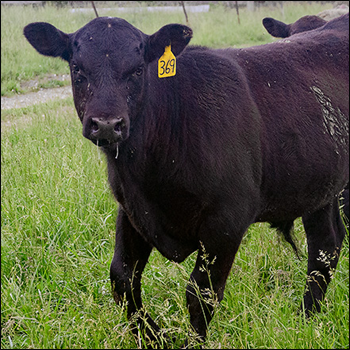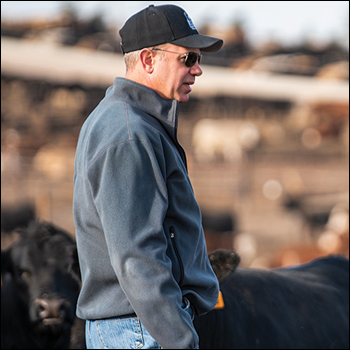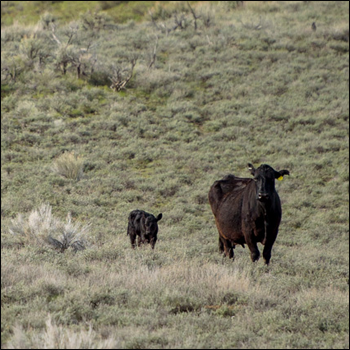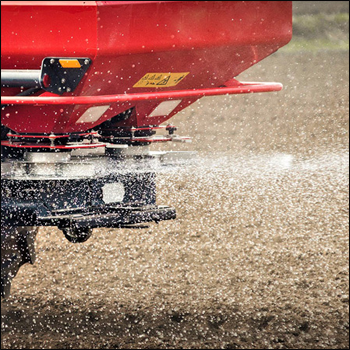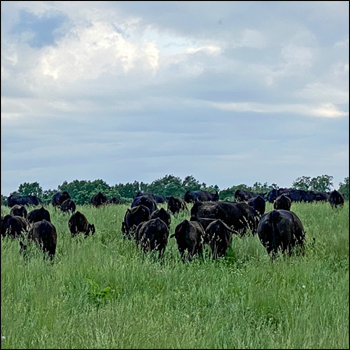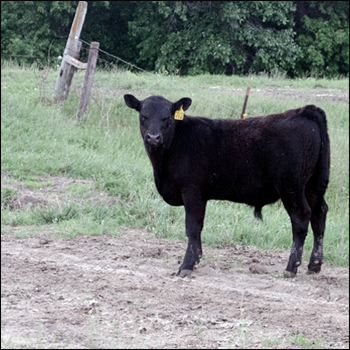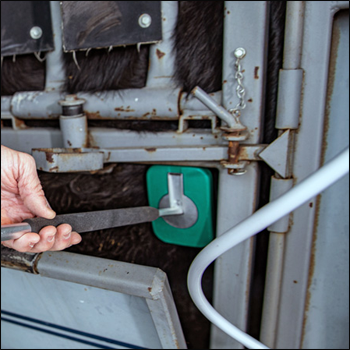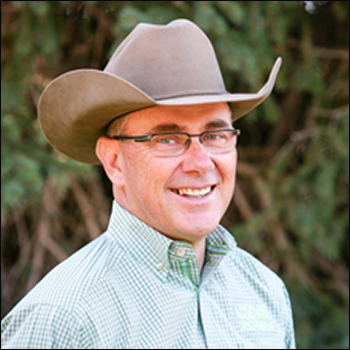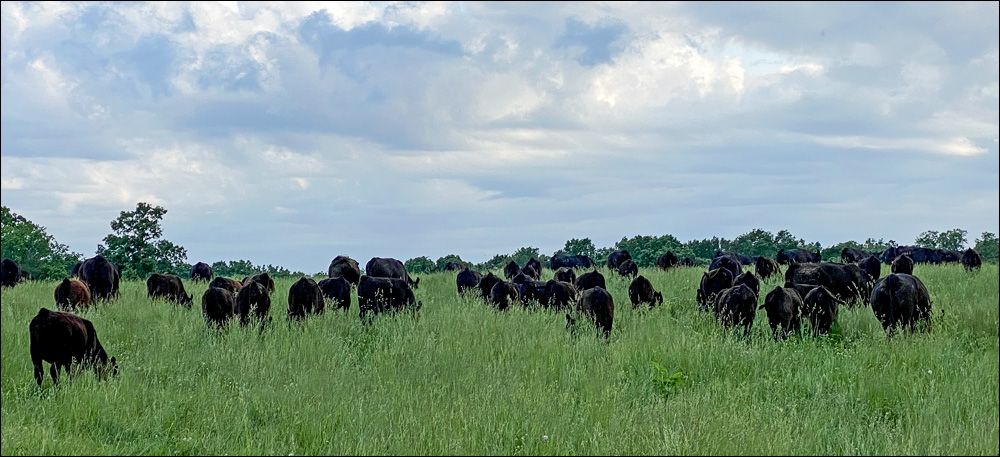
Adding Value to Calves at Sale Time
Ensuring calves’ health down the road should increase prices at sale time.
There are several ways to make calves more attractive to buyers, adding more value to groups of calves at sale time and building more demand for them. Russ Daly, veterinarian with South Dakota State University, says any kind of preconditioning health care program will be beneficial.
“Most of the health preparation for disease prevention should have already been done before calves are weaned,” Daly says. “Weaning is the most stressful time, so this should be behind them.”
Whether you wean in spring or fall, he says, a good preweaning vaccination program is important to ensure calves’ immune systems have been stimulated before they are stressed with weaning.
“Then we don’t have to worry about the effects of stress and low nutrient intake (at weaning) hindering their vaccine response,” he explains.
If the calves have weathered the first weeks or months after weaning, they will likely remain healthy, Daly says.
His recommendation for a booster vaccination in the spring for fall-weaned calves depends on several things, Daly says. “One factor might be whether the calves will be transported long distances to a sale or somewhere to grass. Booster of their previous respiratory and clostridial vaccines might be a good idea to decrease the risk for illness after transport.”
Yearlings or long yearlings may not need any boosters, Daly says, because they are generally at lower risk for future illness. It’s not a common practice to boost the vaccinations of those animals before shipping to a feedyard or shipping out to grass.
The producer might discuss with potential buyers whether a booster vaccination would make those cattle more attractive.
“This is especially true if the buyer is bringing several groups together from various sources,” says Daly. “This makes it more important for those animals to have a good immune response on board when they get to their destination.”
If the cattle purchased from a certain producer always perform well and stay healthy, that buyer will be more interested in continuing to buy those cattle in the future.
“Usually, we don’t see many health problems after we get young cattle through the backgrounding process unless there’s a long, stressful transport,” says Daly. “Sometimes it can be beneficial for the seller’s veterinarian and buyer’s veterinarian to communicate, especially if cattle are entering or coming from a situation where there are problems like liver flukes.”
The seller would do well to know what the buyer wants and tailor the package.
“Regarding any kind of preconditioning, it all comes back to what value the buyer will find in those calves,” he says. “With grass cattle it may pay to have certain vaccinations in place if there may be issues like pinkeye or foot rot. If cattle have not been vaccinated for blackleg, this is another problem we see. There are also pockets of anthrax in certain areas. Calves are usually less susceptible than adults, but this would be something you’d want to know going out to pasture and might be of more concern for the buyer than the seller.”
Many health considerations tend to fall more on the buyer than the seller. If you don’t want to leave any money on the table, you should have a well-planned management program ahead of time, Daly recommends. It’s too late to think about it just before a sale, because you won’t get all the benefit from it at that late date.
Editor’s note: Heather Smith Thomas is a cattlewoman and freelance writer from Salmon, Idaho. Photo by Kasey Brown.

Angus Proud
In this Angus Proud series, Editorial Intern Jessica Wesson provides insights into how producers across the country use Angus genetics in their respective environments.
 Angus Proud: Scott Sproul
Angus Proud: Scott Sproul
Oklahoma operation learned wisdom of moving calving season to better suit their marketing needs.
 Angus Proud: Bubba Crosby
Angus Proud: Bubba Crosby
Fall-calving Georgia herd uses quality and co-ops to market calves.
 Angus Proud: Jim Moore
Angus Proud: Jim Moore
Arkansas operation retains ownership through feeding and values carcass data.
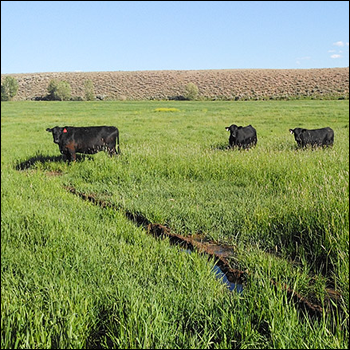 Angus Proud: Stephen Shiner
Angus Proud: Stephen Shiner
Idaho operation rotates pastures in summer and raises crops for winter.
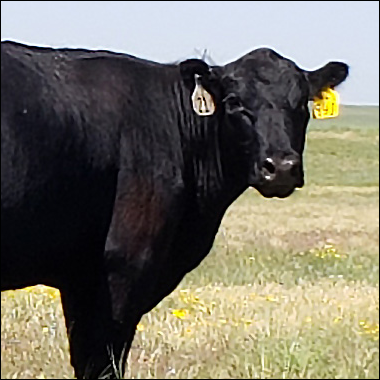 Angus Proud: Brian Nusbaum
Angus Proud: Brian Nusbaum
Angus cattle fit cattleman’s marketing goals and helped him set out on his own.
 Angus Proud: Les Shaw
Angus Proud: Les Shaw
South Dakota operation manages winter with preparation and bull selection.
 Angus Proud: Jeremy Stevens
Angus Proud: Jeremy Stevens
Nebraska operation is self-sufficient for feedstuffs despite sandy soil.
 Angus Proud: Dave Rutan
Angus Proud: Dave Rutan
Angus breeder gets the most out of his bull investment by partnering with opposite calving-season operation.
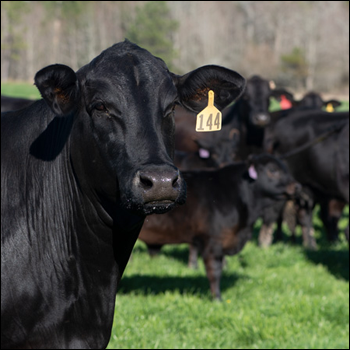 Angus Proud: Nickey Smith
Angus Proud: Nickey Smith
AngusLink helps Louisiana cattleman gain more for his calves.
